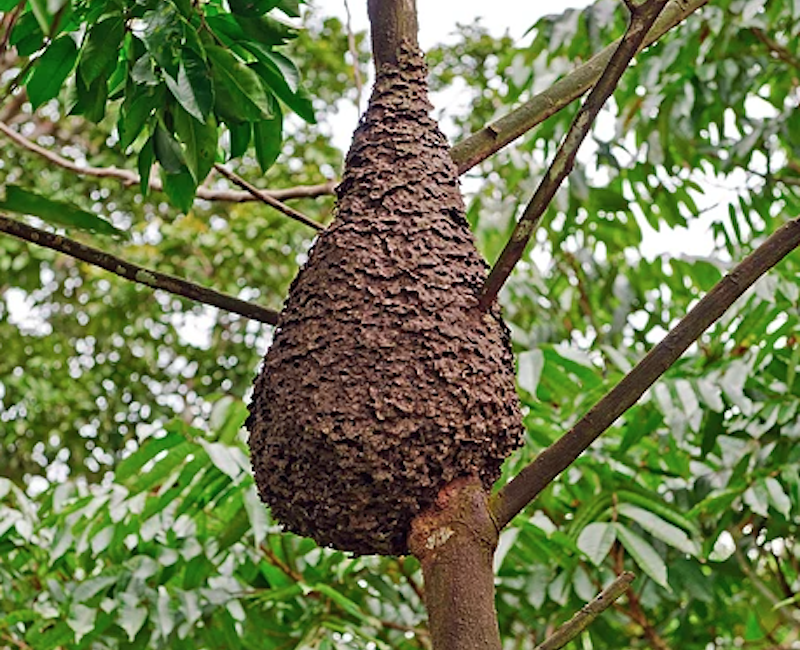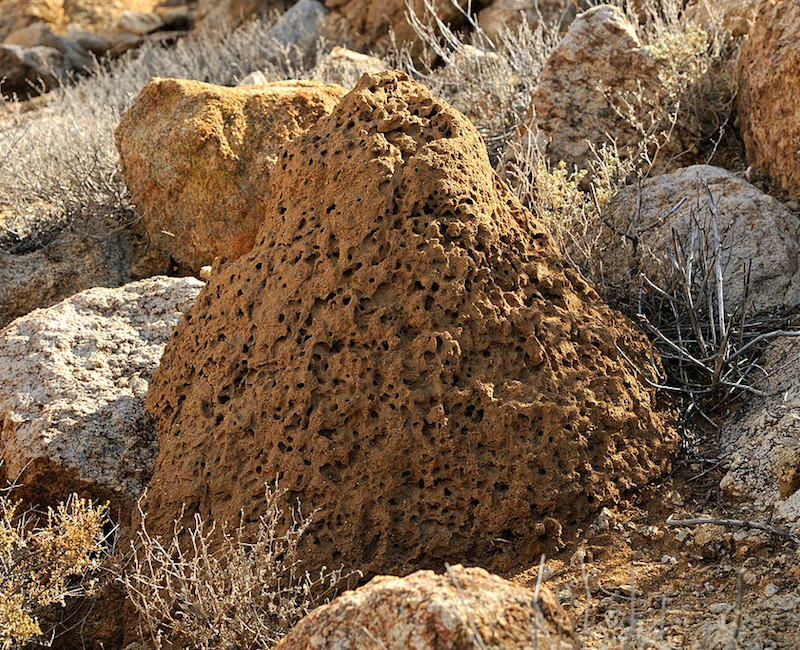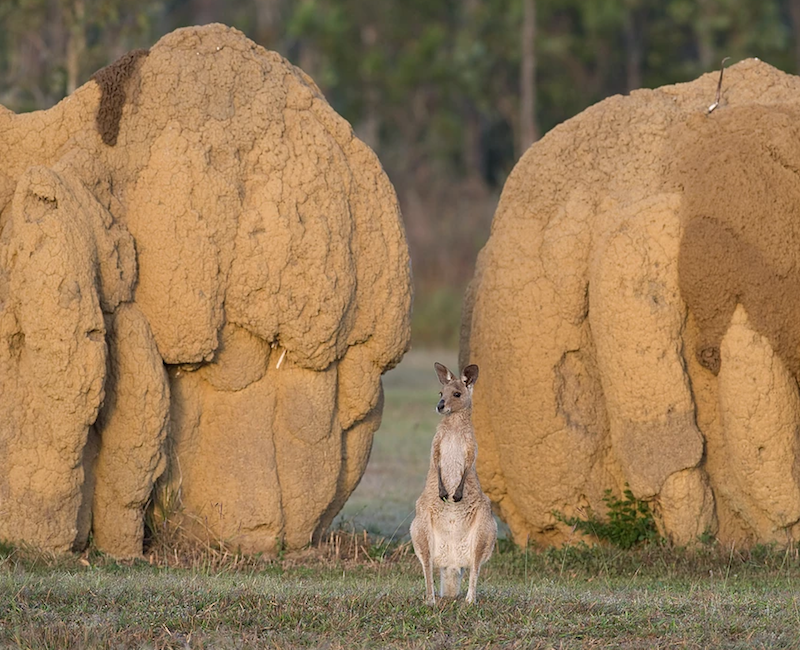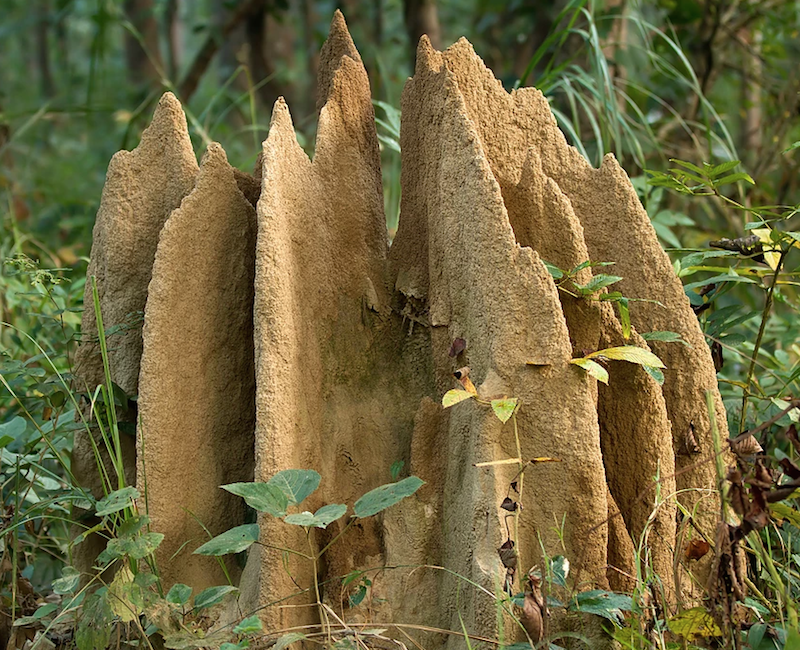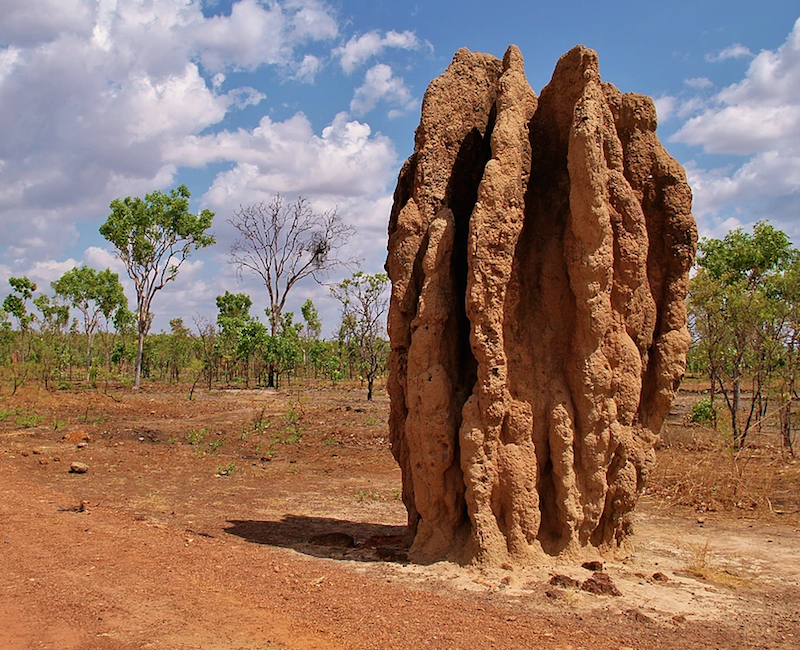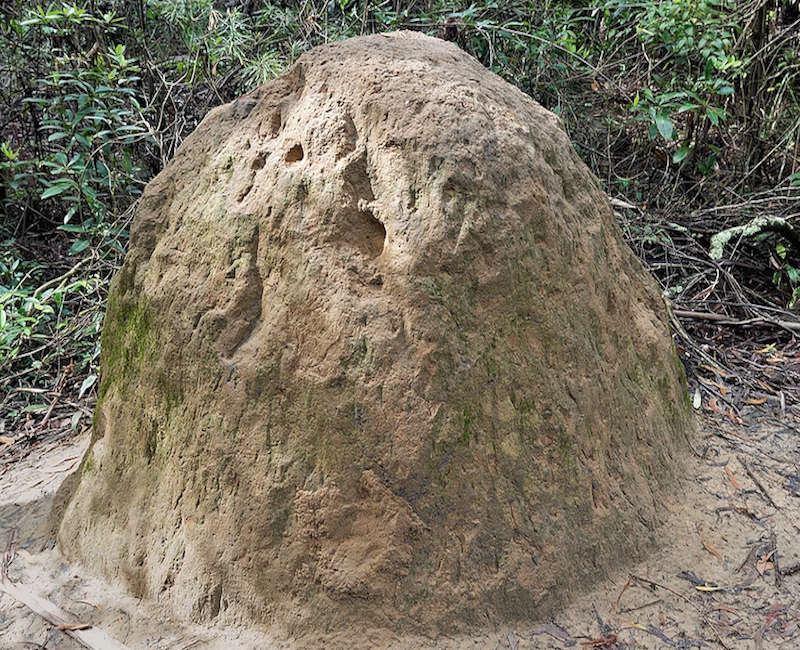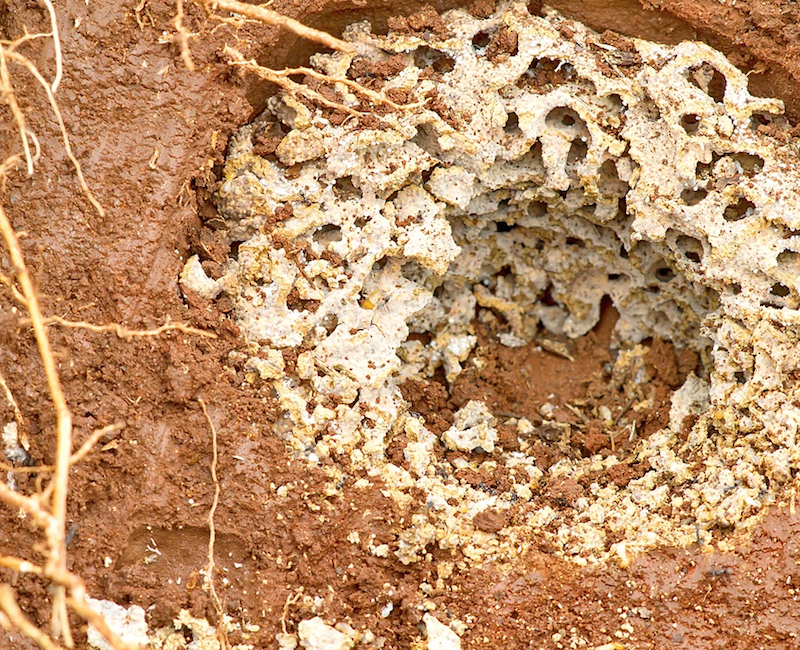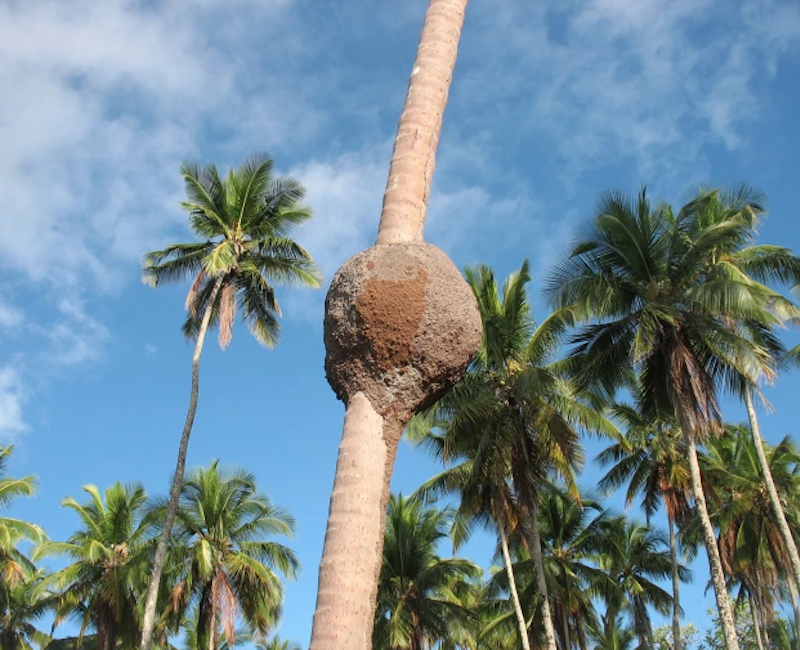
Residential Termite Solutions
Did you know that Termite damage can cost more than fire and flooding combined? Protect your home from Termites. After all, your home is one of your biggest assets.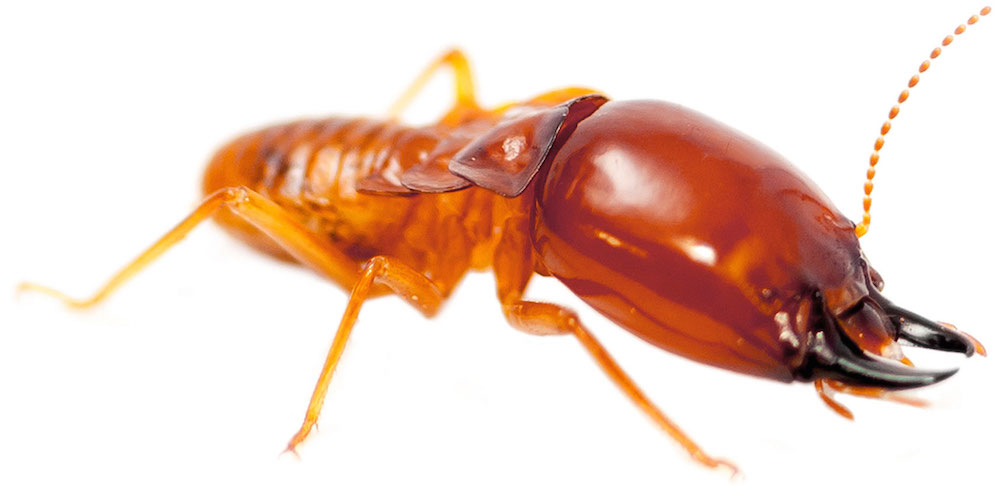
According to the National Pest Management Association, termites have cost Americans more than $5 billion in damages each year. These termites have no boundaries since they can infest any type of home, no matter how it is constructed. The worst part, most homeowners’ insurance plans do not cover termite damage.
Formosan Termites
Formosan termites love the weather here in Puerto Rico! They are mostly found in southern states and islands across the United States. These termites are a type of subterranean termite that nests with in the soil. They come into homes or businesses one of two ways. One, they come straight through the soil and up through the wood invading your structure. Or two, they use mud tubes from soil to reach your home or business. Unlike subterranean termites, these termites can retain moisture in their nests and do not need to return to the soil for their needed moisture. As with all termites, their main goal in life is to eat cellulose material such as wood.
Subterranean Termites
Subterranean termites are found in warm areas such as southern states and islands. They are triggered to start “swarming” by warm temperatures and heavy rainfall. Their main goal is to establish a new colony outside of their current soil location. Once a termite is active for three to five years, they produce wings. These winged male and female termites come out from the soiled ground in search of a new home, a place to establish a new termite colony. These “swarmers” can sometimes be mistaken for flying ants, but flying termites have four wings that are all the same size, whereas flying ants wings are not all the same size.
Drywood Termites
Drywood termites create their colonies in wood and need no connection to the ground and can live with little to no moisture. Most commonly they are found in attic wood or kitchen cabinets made from wood in apartment buildings. Drywood termites extract as much water as possible from their feces to save it. This results in distinct fecal pellets called frass. Appearance of theses 1mm long, hexagonal shaped pellets can be a sure sign of a drywood termite infestation. Once these colonies are mature, they develop wings and swarm out after mating to create new colonies. Although drywood termites are less common than subterranean termites, they can still cause major damage to structures.
Dampwood Termites
Dampwood termites are much bigger than the other termites and are just as common around the southern states and islands. They have a large head with pincers on the front and have no “workers” in their colonies. These termites do not nest in the soil and prefer damp, decaying wood. Generally, these colonies are small, but in ideal conditions, they have the ability to become very large. They do not need soil and do not make tunnels like the subterranean termites. They sometimes use their fecal pellets to cover where they live from outside air. Dampwood termites reproduce just like the others by their mature termites developing wings and flying out of there current colony to mate and find another place to live and multiply.
Termite Warning Signs.
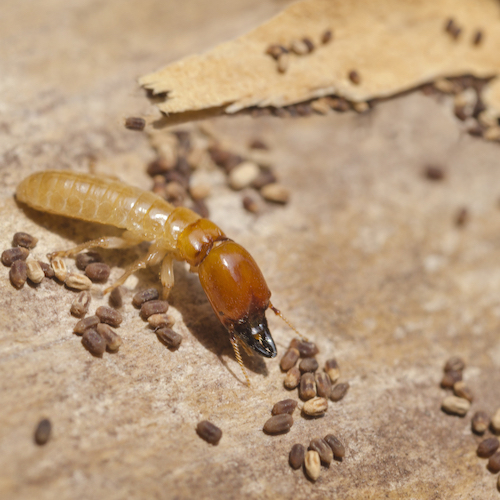
Drywood Termites
Mostly are found in warm, southern states or islands and you might notice pellets or termite droppings. These are small, ridged, wood-colored pellets that might fall from the ceiling or from the furniture.
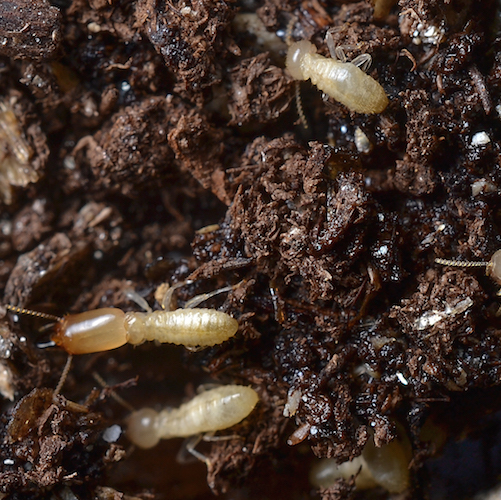
Subterranean Termites
When you notice a swarm of winged termites coming out of a structure, this is usually a good sign of a current or future infestation. Subterranean termites build mud tubes as an entry point for your home, these straw-like tubes that are formed from the house to the ground indicate an infestation, past or present.
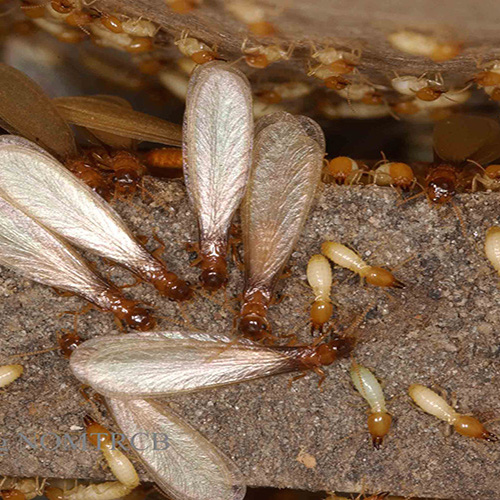
Formosan Termite
Most often you will notice different mud structures within a wall that will indicate a sure infestation.
Termite Risk Areas
Like any insect, in and around our homes, they are searching for three things; food, water, and shelter. Subterranean and Drywood termites are looking for the exact same things! Outside, they eat downed trees, old roots and a number of other cellulose food sources. When they come into our homes, they look for areas that provide the food, shelter, and water they need to live. Therefore, knowing your risk areas in and around your home can save you the heartache and your hard earned money from a future termite infestation.
Outside of your home
Overflowing gutters or dripping spouts can cause a lot of water around your home and can lead to a termite problem. Because subterranean termites like to live in moist wood, water around your home can lead to a termite infestation. How can one or two termites lead to a full infestation? Well, when worker termites find a suitable food source they cover the food source with a scent or pheromone, which directs the other thousands of termites to the area to follow.
Wood Chips
Wood chips or mulch can be a food source that termites would love to start a new colony. It’s hard for most people to give up mulch because of their landscaping preferences. However, if you want to protect your home from potentially thousands of dollars in termite damage, it’s best not to put it against your home. This includes firewood or scrap wood in crawl spaces because termites will invade those types of food as well. Helpful tip: Any wood in the house should be at least 12 inches above the ground contact, this will create a gap so that the termites cannot go directly from the soil into the homes foundation.
Utility Pipes
Any kind of pipe that goes through a foundation wall or floor can give termites access to your home. The key here is to prevent the termites from accessing your home through a leaking plumbing pipe. Why would they want to come in through there? Well, most often the leaking pipe creates a perfect moist wood area for termites to eat. Termites can also create an ideal environment inside your air conditioning unit. The condensate or drip lines from the air conditioner can create pools of water that make it a great ‘starter home’ for termites and can lead to a future infestation.
Dirt and Crawl Spaces
Termites in the dirt have easy access to your home. In most homes with crawl spaces, termites can be found behind a porch filled with dirt. However, if your crawl space doesn’t have enough room to perform an inspection, it can be hard to detect if that space is a source of a termite infestation.
If you suspect a termite infestation in your home, give us a call today for a FREE termite inspection from one of our professionals so we can develop a customized plan of action specific to your home.
Termite Nests.
- Like most insects, termites are looking for food, water and shelter. Termite nests can be located either below the soil or directly on any wood structure. These nests serve as shelter and a place to develop their offspring.
- The nests have been reported to have as large as 165 to 325 feet in radius. Subterranean nests have internal pathways or roads that allow worker termites to gather and deliver food to their colony.
- There are some tropical subterranean termites, as pictured to the left that can build mounds up to 20 feet high! You wouldn’t want to bump into one of these on your Australian vacation.
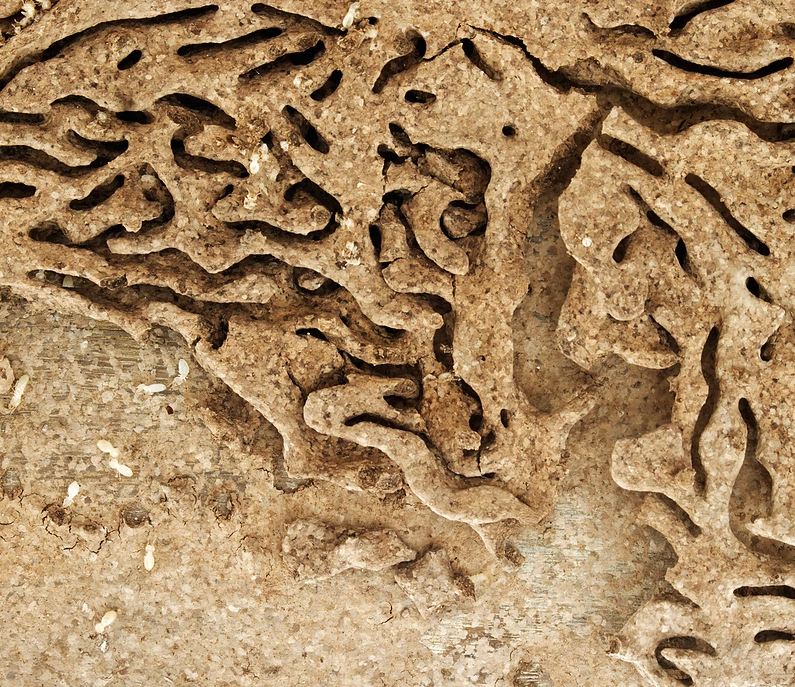
Termites In Action.
Termite infestations can occur in two different ways.
- First, healthy colonies send out winged termites to start new colonies. When this happens, the swarming termites find a suitable area where they will start a new colony.
- The second way infestations occur is when a subterranean termite tries to find food and accidentally bumps into your home or business. Subterranean termites can do this in different ways.
Most commonly, they will start building mud tunnels over foundation walls. This provides them access to the structure’s wood, and “BOOM”…you’ve landed yourself a huge problem.
Our Approach
From our first meeting, we’ll evaluate your unique situation, apply a solution and then observe and monitor the results. This is what we call our E.A.O. approach to pest control. Here’s what you can expect:
Evaluate
We’ll take a look at your pest problem with a detailed inspection by one of our certified technicians. From there, we will design a custom plan fit specifically for your needs.
Apply
Boom will apply or install the necessary products that focus on reduction of the pests and prevention for future infestations.
Observe
We’ll observe and manage our work by communicating with you on a regular basis to make sure your pests stay controlled.
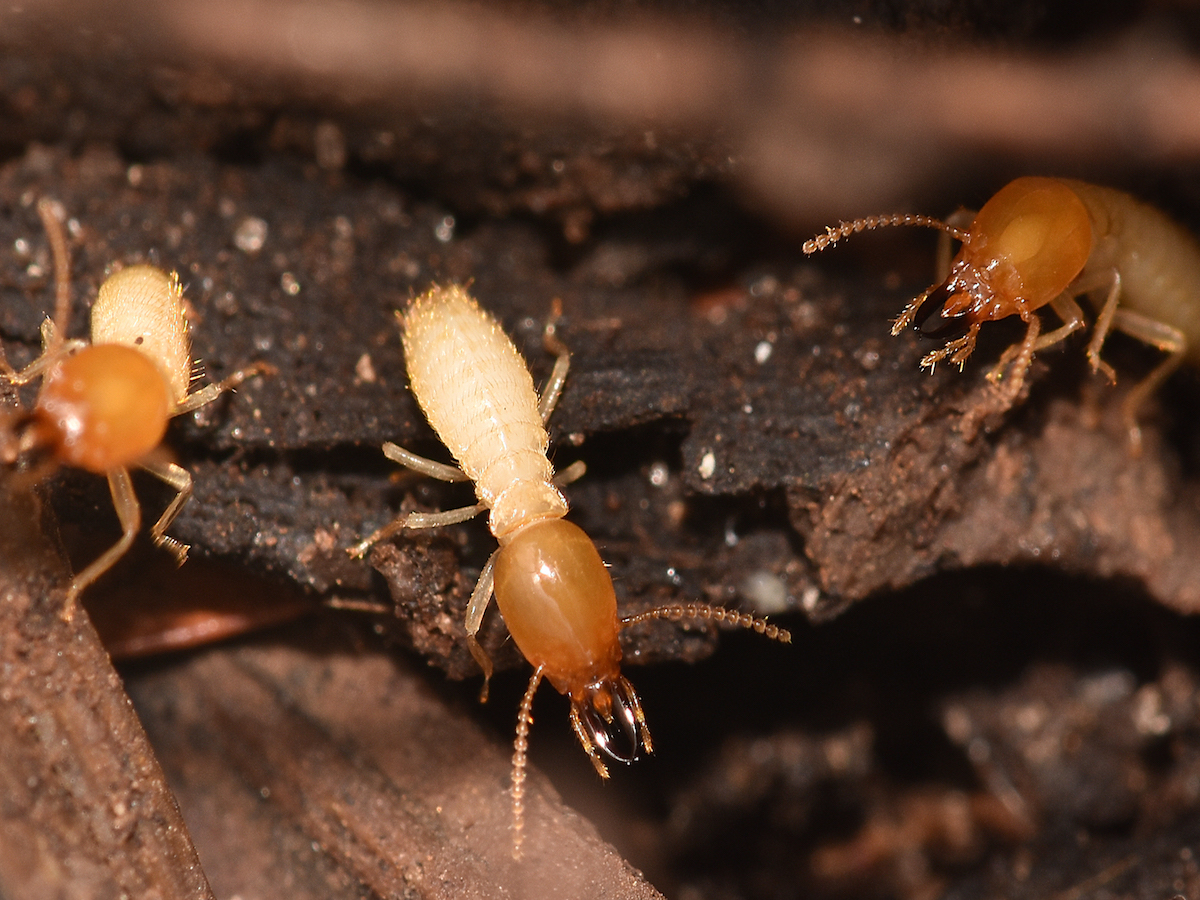
The BOOM Termite Solution.
Our Termite Solution uses certified and proven treatments that are backed up by our 100% customer satisfaction guarantee.
The BOOM Termite Solution is a customized treatment plan based on the needs of your home and the degree to which the termites have infested your living space.
We’ve been serving Puerto Rico neighborhoods and businesses for over 40 years, so you can be confident that we will deliver the results you need. We’re not satisfied until you’re satisfied. Therefore, if termites return to your home after BOOM Pest Control has treated the infestation, we will return to your home and re-treat the problem at no additional cost to you. That’s what our 100% customer satisfaction is all about! We are dedicated to you as our clients and take pride in knowing you are receiving the highest quality of termite services.
If you suspect a termite infestation, call us today to schedule your FREE in-home inspection and estimate.
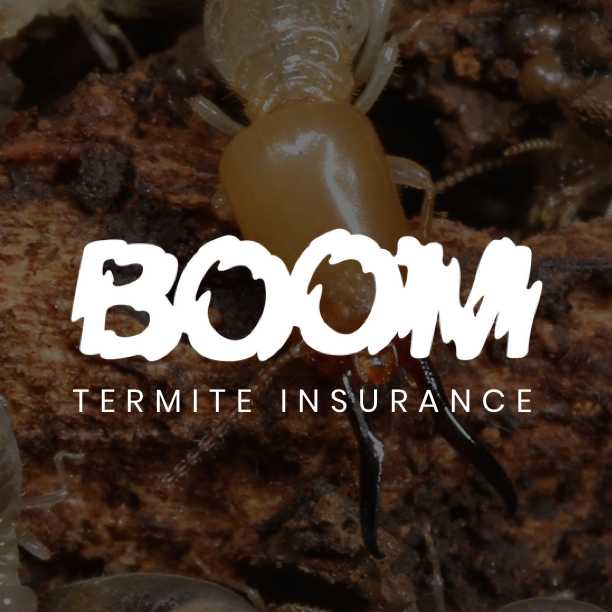
Don’t Let Termites Catch You Off Guard with BOOM Termite Insurance.
In a world where when unexpected expenses cause panic, it’s better to be prepared! The anxiety and frustration that comes along with an unplanned additional expense is something we all dread. Let’s change that when it comes to termites and your home?
BOOM Pest Control wants to give our customers the peace of mind that the day you experience a termite infestation, it would cost you nothing. Most homeowners insurance policies do NOT cover termite damage. Don’t let these pesky pests dig any deeper into your home and sneak into your pocket. They are armed, dangerous, and work around the clock to eat up as much of your assets as possible. With the potential of thousands of dollars in damages and treatments needed, you don’t want to be caught in a reactive situation where you have nowhere to go but to a credit card or personal loan.
Let us be the proactive solution to this serious threat that termites possess in your home. Contact us today to get more information on BOOM’s Termite Insurance Policies.


